We ship worldwide…
Facial Recognition Technology: When Identity Becomes a Commodity

Facial Recognition Technology: When Identity Becomes a Commodity
We live in a world where data has become more valuable than gold. From the websites we visit to the places we go, almost everything about us is tracked, studied, and sold. Now, something far more personal, our faces have become part of this data market. Facial recognition technology is changing how we think about identity, turning our faces into digital assets that can be stored, shared, and monetized.
In this blog we will discuss how facial recognition is reshaping personal identity, who is driving its growth, the dangers of treating faces like data, and why we urgently need rules and protections.
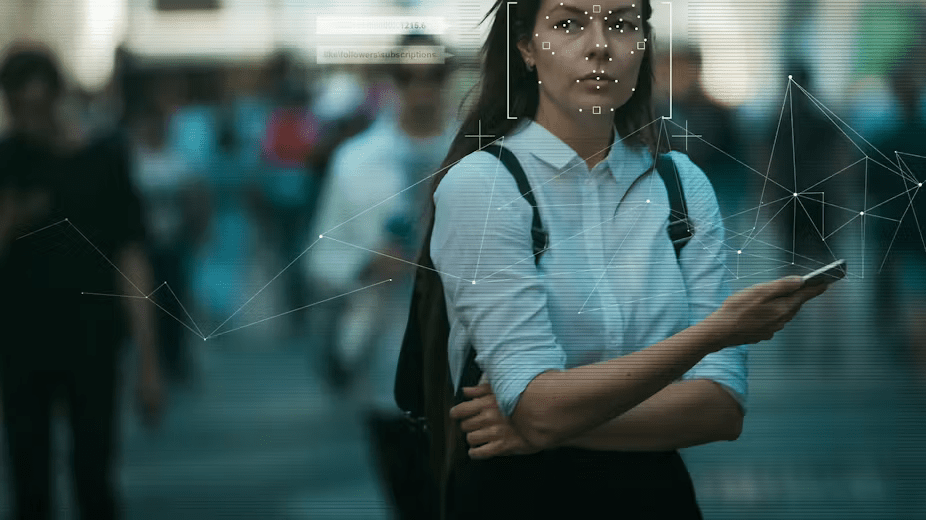
What Is Facial Recognition Technology?
Facial recognition is a software that can confirm the identity of a person by their unique facial features. A camera takes the picture of the person and turns it into a mathematical face map. This data map is then compared to others in a database to find a match.
Other biometric tools like fingerprints are also used for identification. But facial recognition is spreading much faster because cameras are used everywhere, on phones, airports and in shops. This means faces are scanned and stored without people even realizing it.
From Unique Identity to Data Commodity
Our faces aren’t just identifiers; they’re symbols of who we are. But facial recognition reduces them to numbers and patterns. Instead of representing personality and identity, a face becomes just another piece of data that can be collected, stored, or sold.
This has major consequences. Your face could be used to open a door, to track your movements, or for an algorithm that guesses your behavior. Consent becomes meaningless when cameras capture your face without permission. You might never agree to be recorded, but your image could still end up in databases built from public cameras, scraped social media posts, or deals between companies.
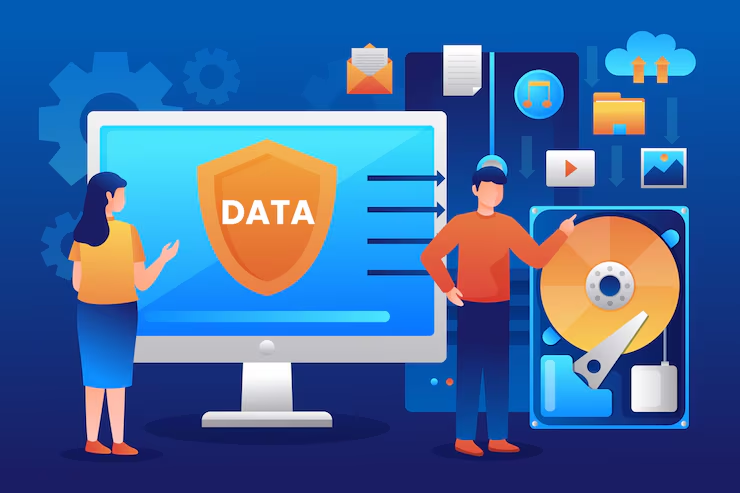
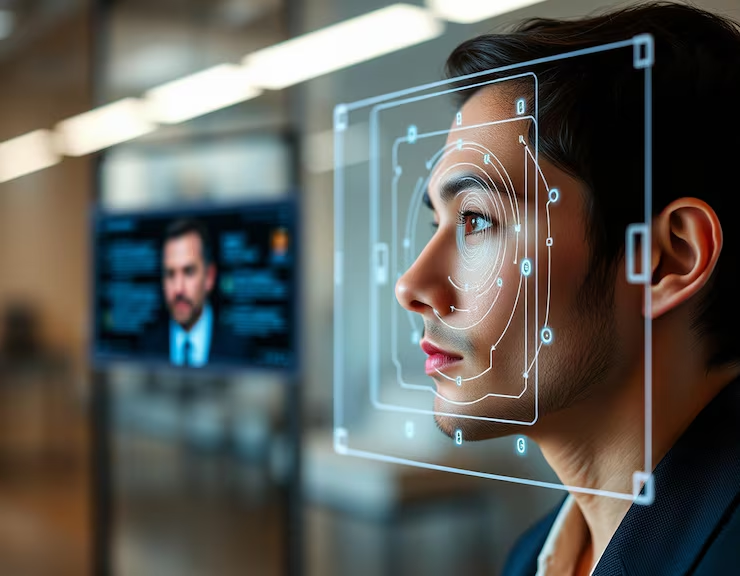
The Business of Facial Recognition
Facial recognition is not a small experiment, it is a global industry of billions and growing. Both companies and governments are investing in it.
- Shops and malls use it to catch shoplifters or study customer behavior.
- Airports deploy it to speed up boarding and improve border checks.
- Banks rely on it to verify customers in online banking.
- Smartphones use it for secure unlocking.
Governments are also major users. Police departments rely on it to spot suspects, and entire cities build “smart surveillance” systems that watch over people all day.
For businesses and governments, facial recognition offers increased efficiency and security. The line between protecting people and exploiting them becomes blurred when a person’s identity is treated as an asset for profit.
Use Cases: Convenience or Surveillance?
Retail and Commerce:- For businesses, facial recognition sounds promising, personalized ads, less theft, smoother shopping. A few supermarkets are experimenting with cameras that alert employees when a known shoplifter enters. But these systems are not ideal. False matches, bias, and privacy concerns outweigh the benefits.
Law Enforcement:- Police departments use face recognition technology to identify suspects and analyze video evidence. Supporters claim that it saves time and keeps people safe. Yet critics highlight wrongful arrests linked to misidentification, often targeting women and people of color. A tool meant to fight crime can easily turn into one that monitors innocent citizens.
Public Safety and Smart Cities:- Governments often promote FRT as a way to keep streets safe. In smart cities, cameras combined with recognition software track traffic, crowds, and sometimes individuals. But this comes at a price, people lose their ability to move anonymously, and every action is watched.
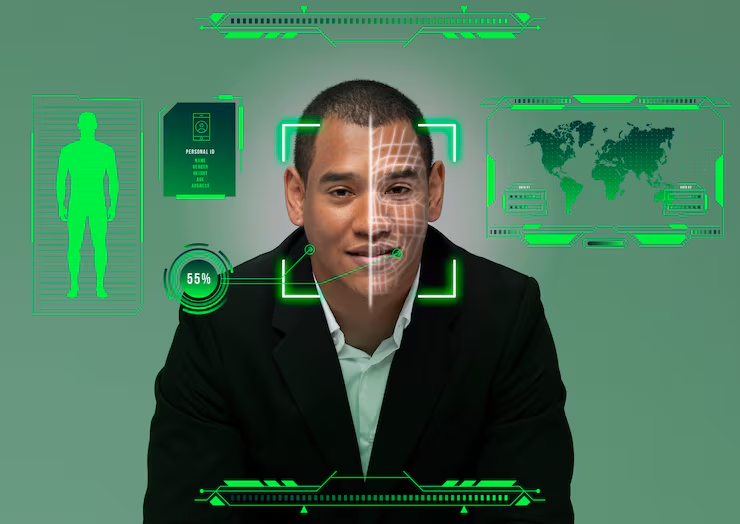

Ethical Risks: Bias, Discrimination And Privacy
Despite its popularity, facial recognition is still flawed and the problems hurt the most vulnerable.
- Bias and Discrimination: Studies show that unfair arrests are a result of higher error rates for women and people of color.
- Loss of Privacy: Most people don’t know how their facial data is collected, and stored.
- Effect on Freedom: When people know that they are being watched, they change how they behave.
These risks show that facial recognition is a question of human rights not just a tech issue.
Identity Reclamation: Moving Toward Ethical Options
-
1. Data Ownership
One solution is to give people property rights over their biometric data. Just as artists own the rights to their work, individuals could have legal ownership of their facial data.
-
2. Privacy Preserving Technology
New tools are being designed to process facial recognition directly on devices instead of sending data to large databases. Techniques like encryption can reduce risks.
-
3. Stronger Laws
Clear guidelines are required for nations and international organizations regarding the collection and use of facial data. These rules need to require openness and allow anyone to report abuse.
-
4. Public Oversight
The decision-making process should involve the general public. Independent audits and public engagements can ensure that facial recognition technology is only employed when it is really required.
Frequently Asked Question:
Q: What is facial recognition technology and how does it work?
Ans: Facial recognition is a software that can confirm the identity of a person by their unique facial features.
Q: Why is it a threat to privacy and identity?
Ans: It reduces personal privacy by converting faces into data that can be tracked, sold, or used improperly without permission.
Q: How are businesses and governments using it today?
Ans: Stores use it to stop theft and study shoppers, airports for faster boarding, banks and phones for logins, and police for surveillance.
Q: What are the ethical risks, including bias and discrimination?
Ans: It often misidentifies women and people of color, risks wrongful arrests, and creates mass surveillance that limits freedom.
Q: What solutions exist to protect people from misuse?
Ans: Give people rights over their data, use stronger privacy tech, enforce laws, and require audits and public oversight.
Conclusion
Facial recognition is both powerful and dangerous. It offers real benefits, faster security checks, easier access to services, more efficient systems. But the risk of turning identity into a commodity is there. We risk losing more than just privacy when our face becomes data points in the hands of businesses and the government. The decision we make now will determine our future. We can shape a future where technology serves people instead of controlling them by creating stronger protections, and building privacy into the technology, and putting human rights above profit. Our faces should remain symbols of who we are, not assets for corporations or governments to exploit.

 WiFi Camera
WiFi Camera
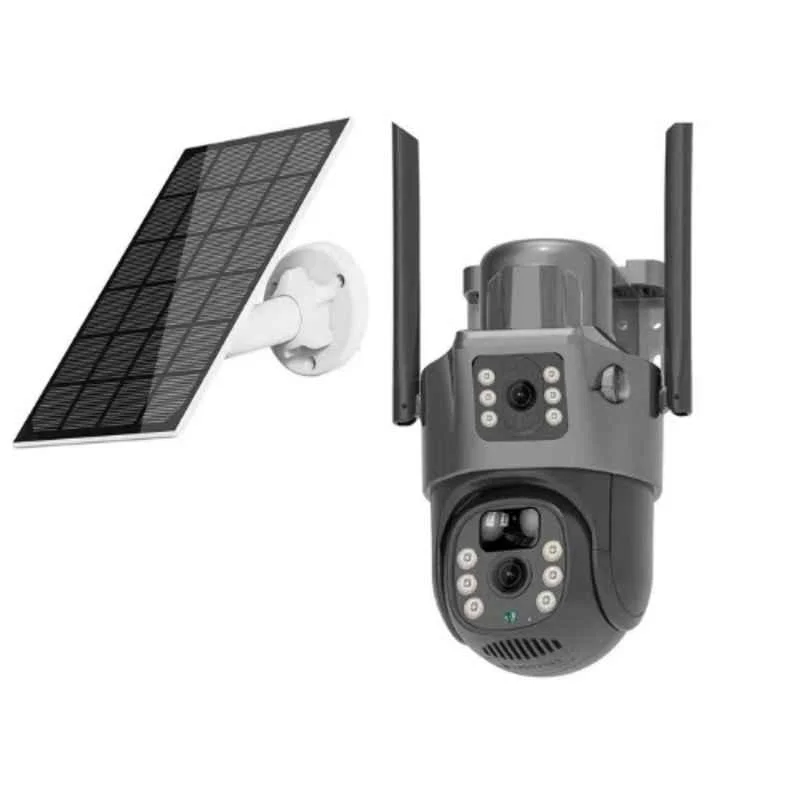 Solar Camera
Solar Camera